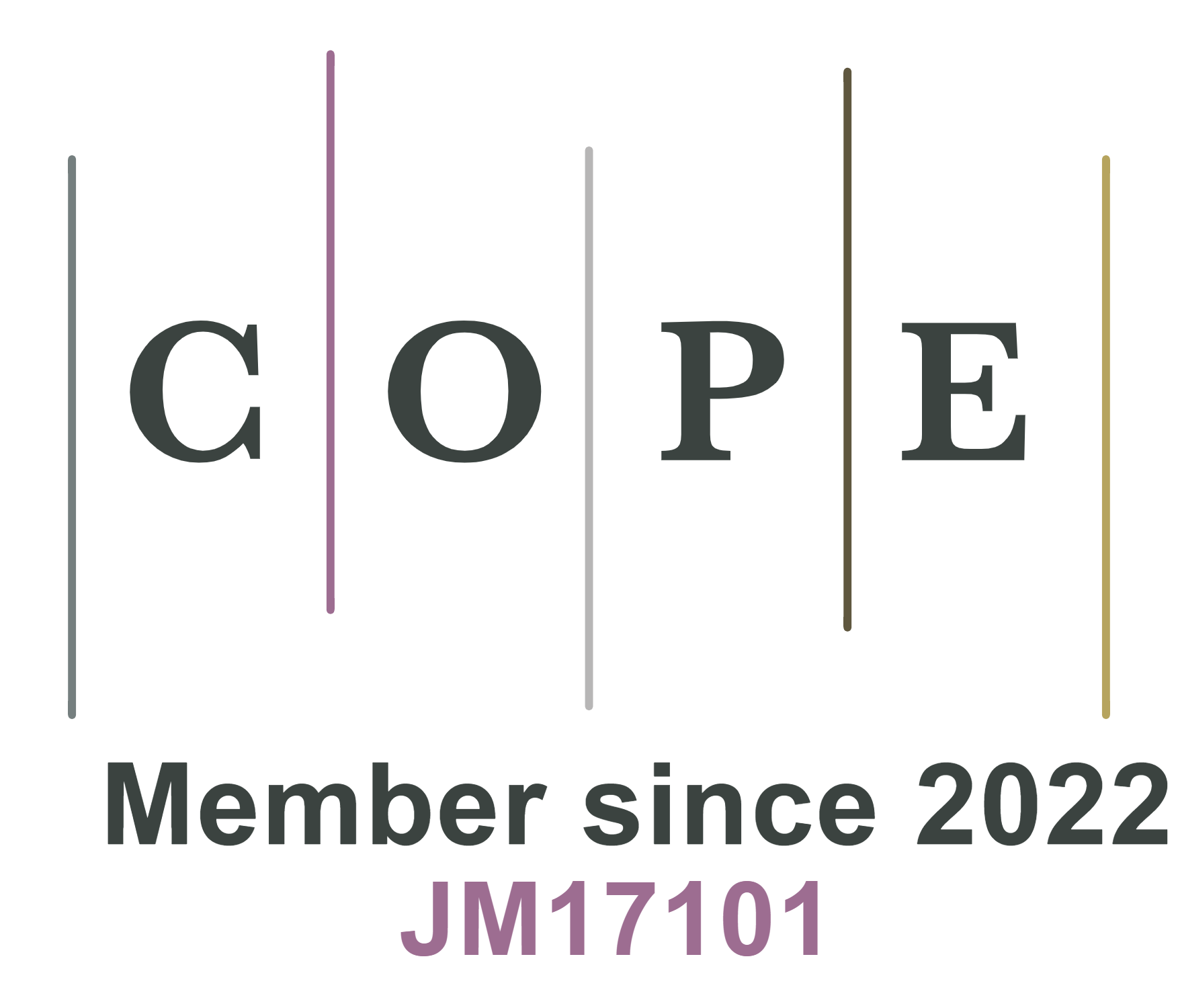REFERENCES
1. Kwak WJ, Rosy, Sharon D, et al. Lithium-oxygen batteries and related systems: potential, status, and future. Chem Rev 2020;120:6626-83.
2. Lin D, Liu Y, Cui Y. Reviving the lithium metal anode for high-energy batteries. Nat Nanotechnol 2017;12:194-206.
3. Johnson L, Li C, Liu Z, et al. The role of LiO2 solubility in O2 reduction in aprotic solvents and its consequences for Li-O2 batteries. Nat Chem 2014;6:1091-9.
4. Lyu Z, Zhou Y, Dai W, et al. Recent advances in understanding of the mechanism and control of Li2O2 formation in aprotic Li-O2 batteries. Chem Soc Rev 2017;46:6046-72.
5. Chi X, Li M, Di J, et al. A highly stable and flexible zeolite electrolyte solid-state Li-air battery. Nature 2021;592:551-7.
6. Aurbach D, Mccloskey BD, Nazar LF, Bruce PG. Advances in understanding mechanisms underpinning lithium-air batteries. Nat Energy 2016;1:1-11.
7. Lim HD, Lee B, Bae Y, et al. Reaction chemistry in rechargeable Li-O2 batteries. Chem Soc Rev 2017;46:2873-88.
8. Lau S, Archer LA. Nucleation and growth of lithium peroxide in the Li-O2 battery. Nano Lett 2015;15:5995-6002.
9. Liu L, Liu Y, Wang C, et al. Li2O2 formation electrochemistry and its influence on oxygen reduction/evolution reaction kinetics in aprotic Li-O2 batteries. Small Methods 2022;6:e2101280.
10. Matsuda S, Yasukawa E, Kameda T, et al. Carbon-black-based self-standing porous electrode for 500 Wh/kg rechargeable lithium-oxygen batteries. Cell Rep Phys Sci 2021;2:100506.
11. Zhao S, Zhang L, Zhang G, Sun H, Yang J, Lu S. Failure analysis of pouch-type Li-O2 batteries with superior energy density. J Energy Chem 2020;45:74-82.
12. Dou Y, Wang X, Wang D, et al. Tuning the structure and morphology of Li2O2 by controlling the crystallinity of catalysts for Li-O2 batteries. Chem Eng J 2021;409:128145.
13. Song LN, Zhang W, Wang Y, et al. Tuning lithium-peroxide formation and decomposition routes with single-atom catalysts for lithium-oxygen batteries. Nat Commun 2020;11:2191.
14. Liu Y, Wang K, Peng X, et al. Formation/decomposition of Li2O2 induced by porous NiCeOx nanorod catalysts in aprotic lithium-oxygen batteries. ACS Appl Mater Interfaces 2022;14:16214-21.
15. Chen C, Xu S, Kuang Y, et al. Nature-inspired tri-pathway design enabling high-performance flexible Li-O2 batteries. Adv Energy Mater 2019;9:1802964.
16. Lin X, Yuan R, Cai S, et al. An open-structured matrix as oxygen cathode with high catalytic activity and large Li2O2 accommodations for lithium-oxygen batteries. Adv Energy Mater 2018;8:1800089.
17. Huang Z, Deng Z, Shen Y, et al. A Li-O2 battery cathode with vertical mass/charge transfer pathways. J Mater Chem A 2019;7:3000-5.
18. Liu L, Ma T, Fang W, et al. Facile fabrication of Ag nanocrystals encapsulated in nitrogen-doped fibrous carbon as an efficient catalyst for lithium oxygen batteries. Energy Environ Mater 2021;4:239-45.
19. Peng X, Wang C, Liu Y, et al. Critical advances in re-engineering the cathode-electrolyte interface in alkali metal-oxygen batteries. Energy Mater 2022;1:100011.
20. Tan P, Jiang H, Zhu X, et al. Advances and challenges in lithium-air batteries. Appl Energy 2017;204:780-806.
21. Thotiyl MM, Freunberger SA, Peng Z, Bruce PG. The carbon electrode in nonaqueous Li-O2 cells. J Am Chem Soc 2013;135:494-500.
22. Jung J, Cho S, Nam JS, Kim I. Current and future cathode materials for non-aqueous Li-air (O2) battery technology - a focused review. Energy Stor Mater 2020;24:512-28.
23. Liu L, Guo H, Fu L, et al. Critical advances in ambient air operation of nonaqueous rechargeable Li-air batteries. Small 2021;17:e1903854.
24. Liu L, Hou Y, Wang J, et al. Nanofibrous Co3O4/PPy hybrid with synergistic effect as bifunctional catalyst for lithium-oxygen batteries. Adv Mater Interfaces 2016;3:1600030.
25. Chen Y, Freunberger SA, Peng Z, Fontaine O, Bruce PG. Charging a Li-O2 battery using a redox mediator. Nat Chem 2013;5:489-94.
26. Lim HD, Song H, Kim J, et al. Superior rechargeability and efficiency of lithium-oxygen batteries: hierarchical air electrode architecture combined with a soluble catalyst. Angew Chem Int Ed 2014;53:3926-31.
27. Zhang L, Zhang D, Zhang J, et al. Design of meso-TiO2@MnOx-CeOx/CNTs with a core-shell structure as DeNOx catalysts: promotion of activity, stability and SO2-tolerance. Nanoscale 2013;5:9821-9.
28. Demir E, Akbayrak S, Önal AM, Özkar S. Nanoceria-supported ruthenium(0) nanoparticles: highly active and stable catalysts for hydrogen evolution from water. ACS Appl Mater Interfaces 2018;10:6299-308.
29. Sa YJ, Kwon K, Cheon JY, Kleitz F, Joo SH. Ordered mesoporous Co3O4 spinels as stable, bifunctional, noble metal-free oxygen electrocatalysts. J Mater Chem A 2013;1:9992-10001.
30. Dong Y, He K, Yin L, Zhang A. A facile route to controlled synthesis of Co3O4 nanoparticles and their environmental catalytic properties. Nanotechnology 2007;18:435602.
31. Liu X, Zhao L, Xu H, et al. Tunable cationic vacancies of cobalt oxides for efficient electrocatalysis in Li-O2 batteries. Adv Energy Mater 2020;10:2001415.
32. Gopiraman M, Karvembu R, Kim IS. Highly active, selective, and reusable RuO2/SWCNT Catalyst for heck olefination of aryl halides. ACS Catal 2014;4:2118-29.
33. Kim Y, Park JH, Kim JG, et al. Ruthenium oxide incorporated one-dimensional cobalt oxide composite nanowires as lithium-oxygen battery cathode catalysts. ChemCatChem 2017;9:3554-62.
34. Xu JJ, Chang ZW, Wang Y, Liu DP, Zhang Y, Zhang XB. Cathode surface-induced, solvation-mediated, micrometer-sized Li2O2 cycling for Li-O2 batteries. Adv Mater 2016;28:9620-8.
35. Thotiyl MM, Freunberger SA, Peng Z, Chen Y, Liu Z, Bruce PG. A stable cathode for the aprotic Li-O2 battery. Nat Mater 2013;12:1050-6.
36. Zhang P, Zhao Y, Zhang X. Functional and stability orientation synthesis of materials and structures in aprotic Li-O2 batteries. Chem Soc Rev 2018;47:2921-3004.









